California Indian Casino Project Near Napa Causes Turf War
Posted on: September 17, 2016, 10:00h.
Last updated on: September 16, 2016, 05:19h.
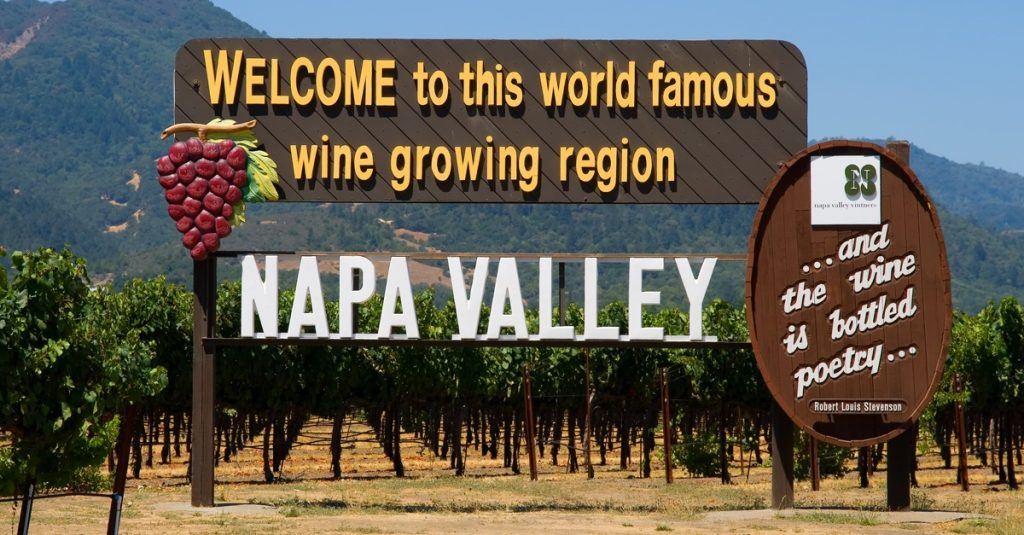
The California Indian casino project in Vallejo proposed by the Scotts Valley Band of Pomo Indians is generating a turf war between neighboring counties that differ on whether casino-style gambling should be permitted in the wine-rich area.
Napa County supervisors are currently deliberating if they’re going to support or oppose the measure. The casino would be located near the intersection of Interstate 80 and Highway 37 in Solano County, about 15 miles south of Napa’s downtown.
Napa County has long held the position of opposing casinos near farmland and winery operations. Supporting the measure to build a casino south of the town and nearly 30 miles from Napa Valley could help solidify those wishes, as Indian casinos typically come with a regional monopoly.
Solano County has expressed its concerns over the wishes of the Pomo Indians. The third county in the area, American Canyon, has also sent a letter to the US government suggesting a casino would negatively impact the area.
“I want to be fully supportive of our colleagues in Solano and Vallejo and American Canyon,” Napa Supervisor Diane Dillon told the Napa Valley Register. “But I don’t want to invite the project to move to Napa.”
In the end the decision isn’t up to Napa or American Canyon, or even Solano. The final verdict rests with the US Department of Interior (DOI).
Scotts Valley requested the targeted Vallejo land be transferred to their ownership in a letter to the DOI dated August 11.
Wine Country Is Whining
The Scotts Valley Band of Pomo Indians is headquartered in Lakeport, California, a small town 75 miles north of Napa. The tribe doesn’t currently have a reservation or any federally recognized land.
In the 1950s, the US government disbanded the Scotts Valley Pomo settlement. But in 1991, the Scotts Valley Band of Pomo v. The United States went in the tribe’s favor and the Pomo band was restored.
In 2008, the United States determined that the Native American group qualified to be labeled a “restored tribe” and is therefore eligible to receive land grants under the Indian Gaming Regulatory Act.
Since a federally recognized tribe is petitioning the federal government, local governments can do little other than voice their concerns. The proposed casino site is currently vacant hilly terrain.
“There is a concern that the density of water use for the proposed casino resort would strain the already limited water resources available in Solano and Napa counties, particularly given the persistent and ongoing drought conditions faced by the state of California,” American Canyon Mayor Leon Garcia wrote.
Odds Against Tribe
Locals and visitors to the Napa area are currently limited to gaming at the Napa Valley Casino. The card room offers poker and various card tables.
That would of course change if Scotts Valley is granted land in Vallejo. Unfortunately for the tribe and those looking for closer casino-style gambling, the odds don’t seem to be in their favor.
The Bureau of Indian Affairs recently ruled against the Scotts Valley Band in another proposal. The federal agency said the tribe didn’t have a “significant historical connection to the proposed gaming site in Contra Costa County.”
Federal law says a tribe must show a potential land trust parcel was previously part of its sovereign reservation, or submit historical documentation that shows the tribe has held occupancy or engaged in subsistence use in the vicinity.
Related News Articles
Del Lago Resort and Casino Opens in Upstate New York
Most Popular
Mirage Las Vegas Demolition to Start Next Week, Atrium a Goner
Where All the Mirage Relics Will Go
Most Commented
-
Bally’s Facing Five Months of Daily Demolition for Chicago Casino
— June 18, 2024 — 12 Comments -
Chicago Pension Mess Highlights Need for Bally’s Casino
— July 2, 2024 — 5 Comments
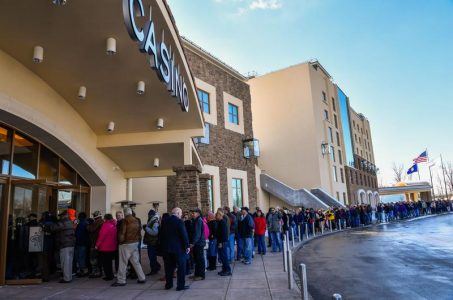
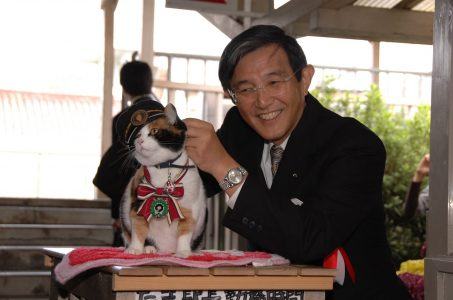
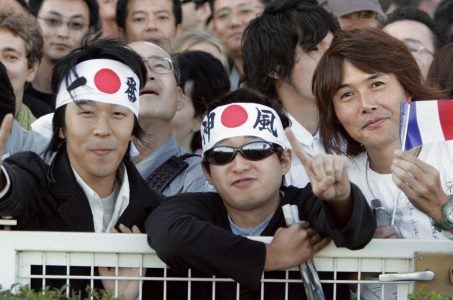
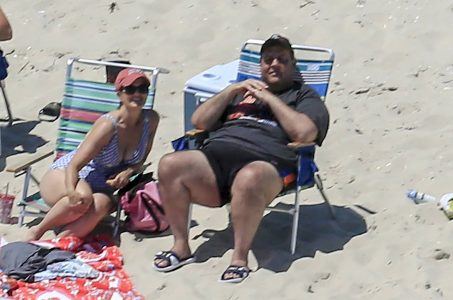












No comments yet